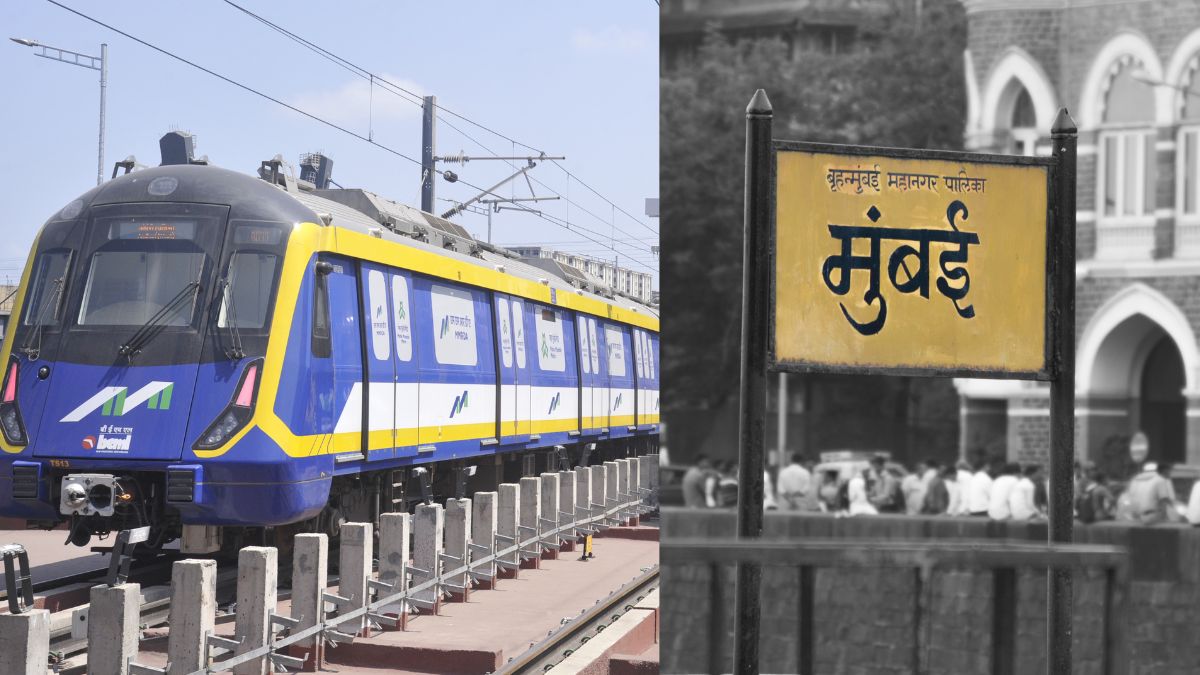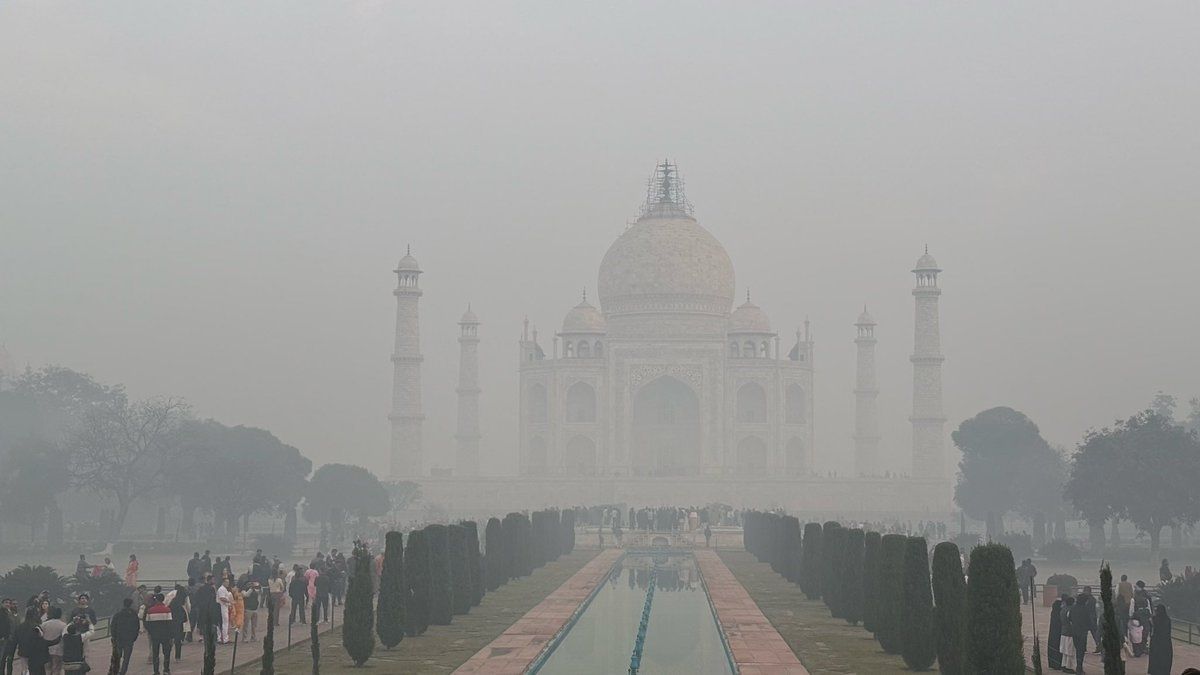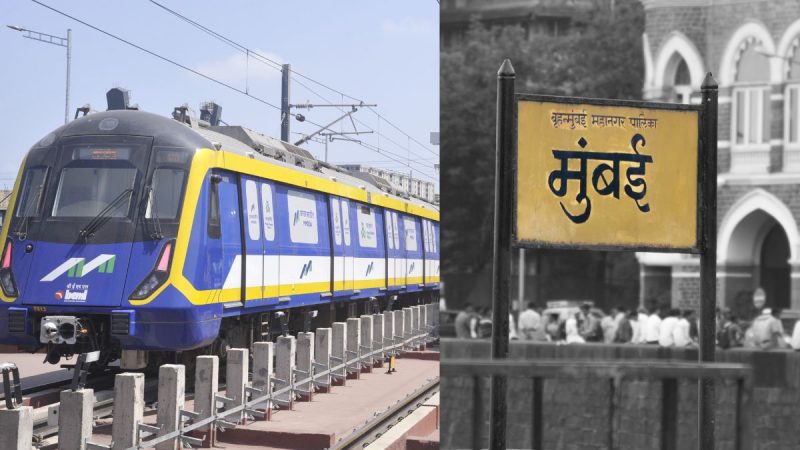The MMRDA is planning to enhance the multi-modal connectivity of the Mumbai Metro as a part of a grand vision to redefine the way commuters move around the city. During a recent meeting with Walking Project, a Mumbai-based pedestrian activist group, the Mumbai Metropolitan Region Development Authority (MMRDA) presented strategies to enhance walkability and connectivity around major metro stations. This growth prioritises smoother metro travel by interlinking transport modes like railways, pod taxis, and ropeways while also ensuring that pedestrian-friendly infrastructure receives equal attention.
Mumbai Metro: Major Recommendations For Improving Pedestrian Experience
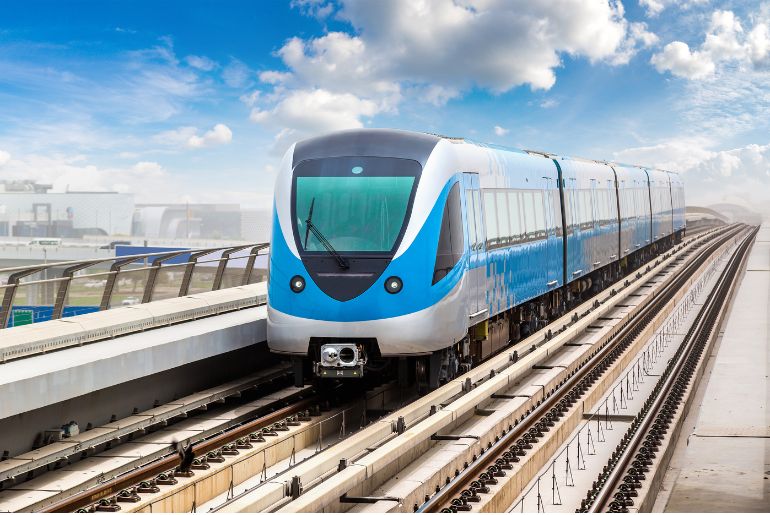
As reported by Hindustan Times, via Daily Hunt, the Walking Project observed that while MMRDA has widened footpaths near metro stations, the enhancements are often restricted to areas directly outside station gates. The NGO cited several design flaws that complicate access for regular users. These are footpaths that are higher than the Indian Roads Congress (IRC) suggested height, lack kerb slopes for wheelchairs, and have no tactile paving for the visually challenged people.
Crossing roads near metro stations remains a challenge. Improper pedestrian crossings, inadequately designed intersections, and no plan for hawking management further discourage safe and efficient walking.
The new multi-modal integration (MMI) plan aims to address this problem. One major move under consideration is the construction of foot overbridges (FOBs) to directly link metro stations with localities in close proximity. This involves:
- An FOB connecting Ram Mandir suburban station to Goregaon East under Metro Line 7.
- Pedestrian walkway from Goregaon East to Nirlon Knowledge Park.
- MMRDA has planned a walkway for Aarey Metro Station and the surrounding areas.
- Other plans for connectivity at Vile Parle are primarily to connect the soon-to-be-established Metro Line 2B with colleges and suburbs nearby.
Also Read: Mumbai Metro Line 2B Phase 1: MMRDA Slaps ₹1.29 Crore Fine On Contractors For Delays
A Vision Of Unbroken Urban Travel
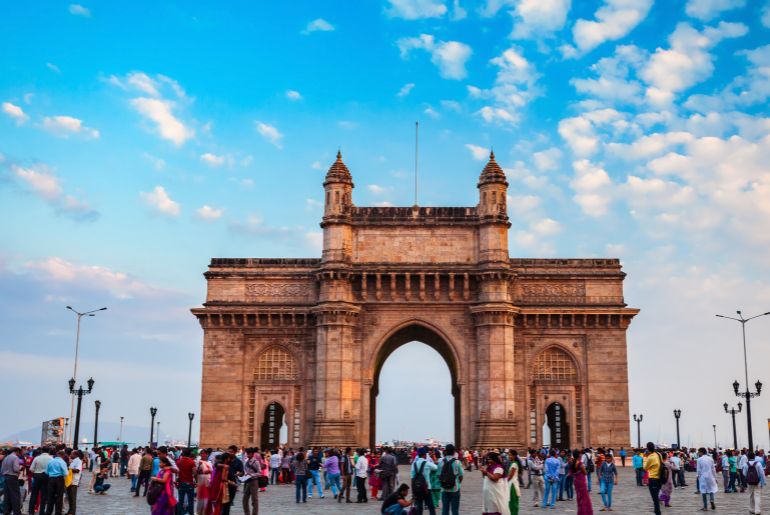
In a letter to MMRDA, Walking Project emphasised the need for high pedestrian infrastructure standards from the beginning. They stressed that improving access for walking and wheelchair users will enhance the quality of life for thousands of metro riders.
MMRDA is actively exploring innovative proposals like pod taxis and ropeways to enhance the multi-modal connectivity of the Mumbai Metro. These technologies will expand metro reach in suburban areas like Thane and Mira-Bhayander and create business possibilities in these areas.
MMRDA’s plans to enhance the multi-modal connectivity of the Mumbai Metro are a timely step towards a more integrated and inclusive transport system. With a focus on walkability, accessibility, and smooth modal changes, MMRDA’s approach could be a benchmark for Indian urban transport.
Also Read: Mumbai Metro: ₹43.41 Cr Foot Over Bridge To Connect Line 6 SEEPZ Station With Line 3 Aarey Station
If done with optimal design and public consultation, this will not only reshape commuting in Mumbai but also make the city more liveable for all its citizens.
Cover Image Courtesy: Wikimedia Commons & Canva (For Representation)
For more such snackable content, interesting discoveries and the latest updates on food, travel and experiences in your city, download the Curly Tales App. Download HERE.
First Published: April 06, 2025 11:00 AM
